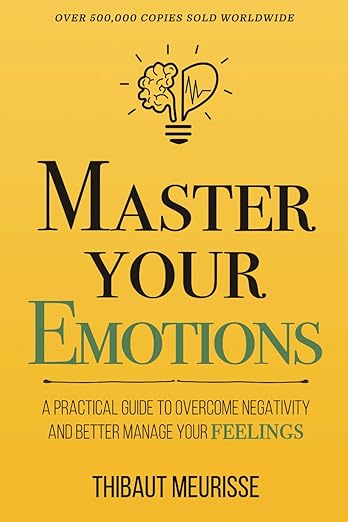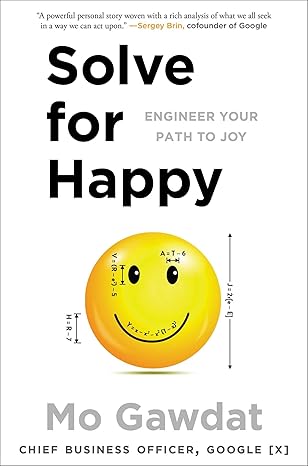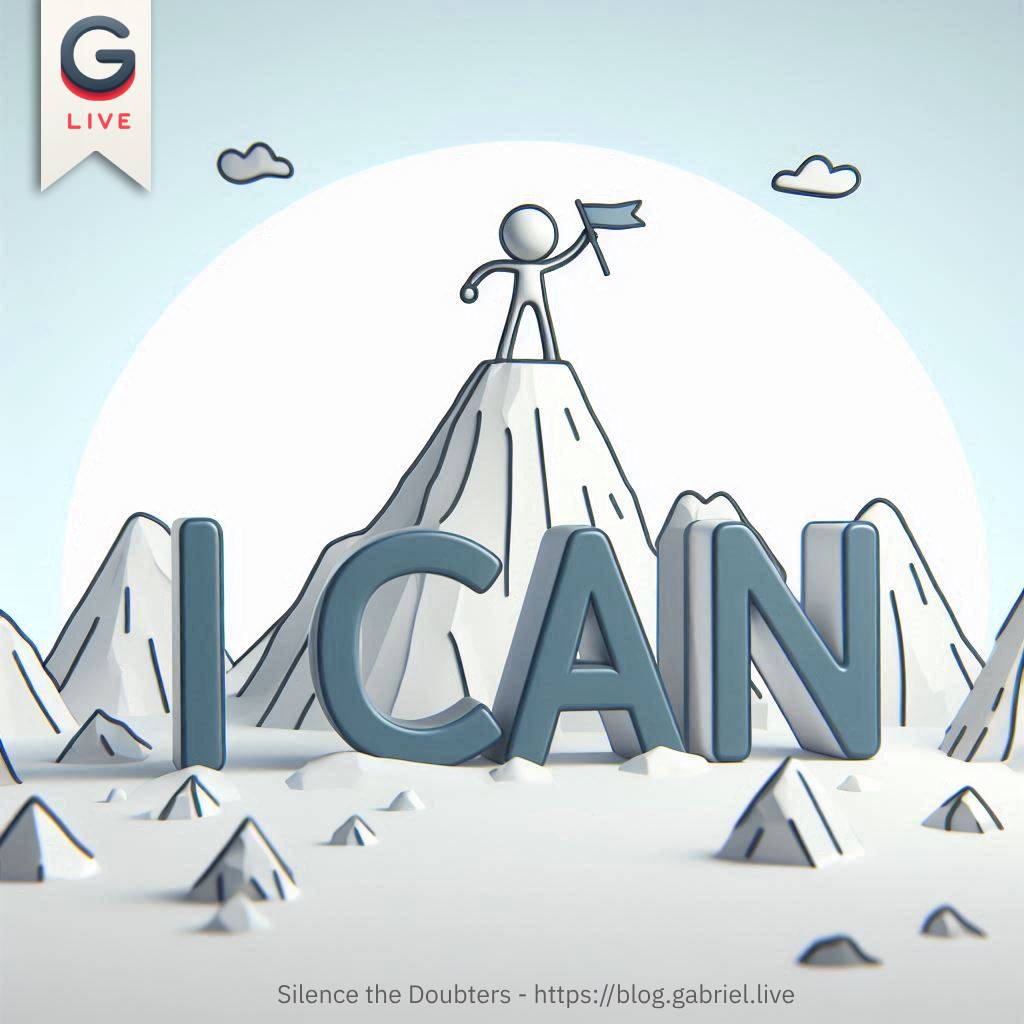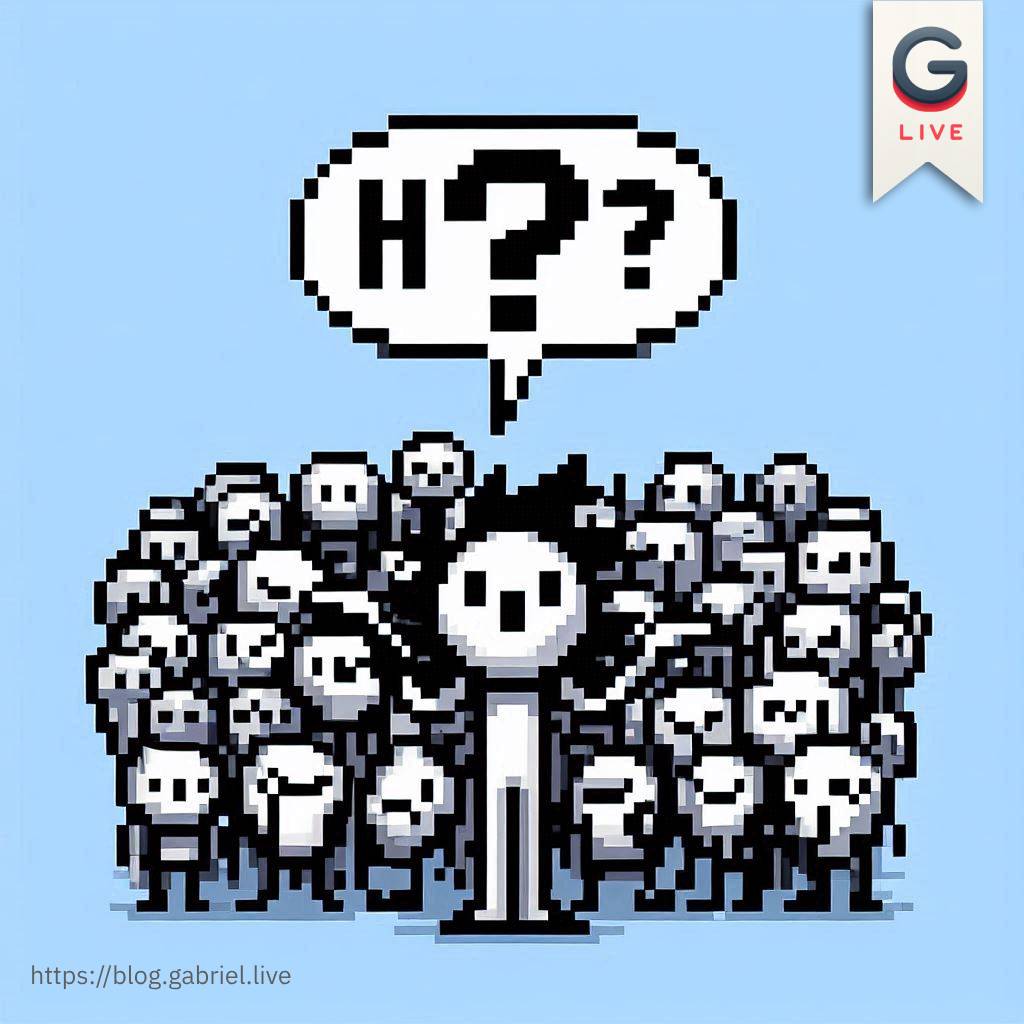I’ve spent most of my life treating the brain like a finely tuned machine—inputs, outputs, algorithms, all neatly mapped out. As an analytical thinker, emotions felt like a side‑project: curious signals that I noticed, but never really used to steer my life. Growing up, I was taught to see feelings as messengers from my body, warning me of danger or satisfaction, but they were always something to be observed, not a compass.
It wasn’t until I picked up Master Your Emotions by Thibaut Meurisse that revealed a totally different perspective. Meurisse didn’t just reframe emotions as data; he showed me how to turn those data points into deliberate, growth‑oriented decisions.
What you’ll find inside:
In this post, I’ll share that journey—from puzzlement to purpose—exploring how self‑awareness and emotional insight set the foundation for personal growth. If you’ve ever felt your rational mind at odds with your gut, or wondered how to make emotions work for you, keep reading. The first step to freedom is recognizing that you are not the sum of your feelings; you are the observer, and you hold the keys to unlock them.
Your Brain’s Primary Mission
Think of the brain as a cybernetic control system whose primary objective is to maintain homeostasis – a state of steady internal physical and chemical conditions (also read Rewire your brain). Evolution engineered a hierarchy of priorities: hunger, safety, reproduction. Joy, in contrast, is a secondary reward signal—a by‑product of achieving those primary goals.
If you model the brain’s reward circuitry in a simple loop, the dopamine pathway is the “output” that signals success. But the input—the stimulus that triggers dopamine—doesn’t come from abstract happiness. It’s rooted in concrete, measurable events that signal safety or resource acquisition: a full plate, a secure shelter, a partnership.
This architecture explains why fleeting pleasures often feel hollow. The system is wired to flag immediate threats or gains, not to evaluate the quality of an emotion.
External Events vs. Inner State
A common analytical intuition is that cause and effect are linear. Yet, long‑term satisfaction isn’t a simple function of external events. (also read: Thinking in Systems). Instead, it’s a complex mapping:
Happiness = f(Interpretation | Event)
In other words, how we interpret a given event largely determines our lasting emotional state.
Example: The “Salary Increase” Paradox
You receive a 5 % raise. The objective data: income raises leading to comfort raises. However, if you interpret the raise as a sign of “I’m indispensable,” your self‑efficacy rises and so does long‑term satisfaction. If you interpret it as “I still need to prove myself,” anxiety spikes.
The key takeaway is that interpretation is the variable you can control. By systematically auditing how you map external stimuli to internal states, you gain a powerful lever over your emotional landscape.
What the Ego Is and Why It Matters
In psychological terms, the ego is an internal narrative that gives coherence to identity. It’s built from a sequence of thoughts—“I am a good coder”, “I must be perfect”, “I need approval”. These statements lack empirical grounding; they’re constructed by your mind to make sense of your experience.
Think of the ego as a model that you continually update based on new data. Just as a machine learning system updates its weights when new samples arrive, the ego updates its narrative when new events occur. The danger? The model can become biased if its training data is skewed—e.g., a single negative feedback can disproportionately weight a “I’m incompetent” label.
The Illusion of “Having = Being”
The ego frequently equates possession or status with self‑worth:
- “I have a fancy car → I’m valuable.”
- “I have a high title → I’m superior.”
This creates a feedback loop: we acquire more to satisfy the ego, but each acquisition merely reinforces the illusion.This is akin to a self‑reinforcing algorithm that never converges. (also read: How Your Vocabulary Molds Your Reality)
Ego thrives on low self‑awareness. When we don’t question our internal narratives, the ego becomes a dominant variable that shapes decisions.
Conversely, high self‑awareness allows the ego to be observed rather than acted upon. By treating ego narratives as data points rather than truths, we can identify and prune the noise.
Attachment, Beliefs, and the Emotional Cycle
The process Attachment to Belief to Emotion is iterative:
- Attachment – we latch onto something (people, objects, ideas).
- Belief – we assign a value or expectation to that attachment (e.g., “I must be loved by X”).
- Emotion – the attachment + belief triggers an emotional response (e.g., fear, joy).
If the attachment is fragile (e.g., a transient relationship), the belief may be over‑inflated, leading to strong emotional swings.
This restlessness—the monkey mind—is the cognitive noise that keeps us oscillating between attachments. For analytical minds, this is the equivalent of overfitting: the system constantly adjusts to noise rather than underlying patterns.
Negative emotions often feel like alerts—“something’s wrong.” But the crucial insight is that they are informative, not pathological.
- Fear signals a mismatch between expectation and reality.
- Sadness indicates a loss or a misalignment between goals and current state.
By treating them as diagnostic signals, we can conduct a root‑cause analysis and adjust either the attachment or the belief.
5. Self‑Awareness as the Key to Freedom
Imagine setting up a real‑time monitoring dashboard for your thoughts and feelings. You capture each event (e.g., “I felt annoyed at the email”), tag it (e.g., “cognitive distortion: catastrophizing”), and then pause before reacting. This is called “Observing Without Identification”.
The act of not identifying with the event is akin to separating the signal from the noise. You view the emotion as a transient data packet that will dissipate if you don’t feed it the amplification circuit of rumination.
When you let the emotion pass, you essentially drop a data point from the influence set of your decision‑making model. That reduces variance.
- Experiment: Notice when you feel a negative emotion. Instead of reacting, label it (“I am feeling frustrated”) and then observe the rest of the day. Side remark: the word “feeling” makes a difference while labeling the emotion. Without it you might subconsciously identify yourself with the emotion – but you are not your emotions.
- Result: The emotional intensity tends to subside, demonstrating that amplification is the primary driver of emotional persistence.
Attention is the energy that fuels emotional responses. By redirecting focus to awareness—the neutral observer—you shift the energy vector away from the emotional output and toward cognitive clarity.
Analytically, this is a resource reallocation problem: you re‑balance your internal bandwidth from reactive to proactive states.
6. Practical Tools for Everyday Practice
Below are concrete, data‑driven techniques that helped me as an analytical person.
- Emotional Journaling: Record feelings for a week, noting triggers and patterns.
Why it matters: Provides empirical data for trend analysis
A simple example is:- Time: 9:45
- Event: Email from manager “Need this EoB”
- Emotion: Anxiety
- Interpretation: I’m incompetent
- Alternative interpretation: I can do this and need to prioritize.
- High‑Power Poses: Adopt a posture (e.g., standing tall) for 2 minutes.
Why it matters: Activates the “self‑efficacy” circuit—improved body language correlates with confidence. - Compliment Acceptance: Accept praise without immediately internalizing it as self‑worth.
Why it matters: Prevents your ego from re‑encoding the compliment as a permanent belief.
Notice the shift from self‑defeating to situational interpretations after applying the alternative lens.
Take‑away: Reclaiming Your Life
- You are not your ego or emotions. They are ephemeral phenomena that arise and fade. By observing them, you create a buffer zone between stimulus and response.
- Change starts with the story you tell yourself. Reframe “I’m a coder” into “I’m a curious problem‑solver”. This subtle shift moves the ego from identity validation to skill evolution.
- Act with awareness of values, purpose, and inner reality. Let your decision‑making be guided by principles rather than temporary emotions.
For the analytical thinker, the ultimate lesson is that emotions are data. When you treat them as such—observed, categorized, and leveraged—you gain the freedom to navigate modern life with precision, resilience, and a deeper sense of self.











